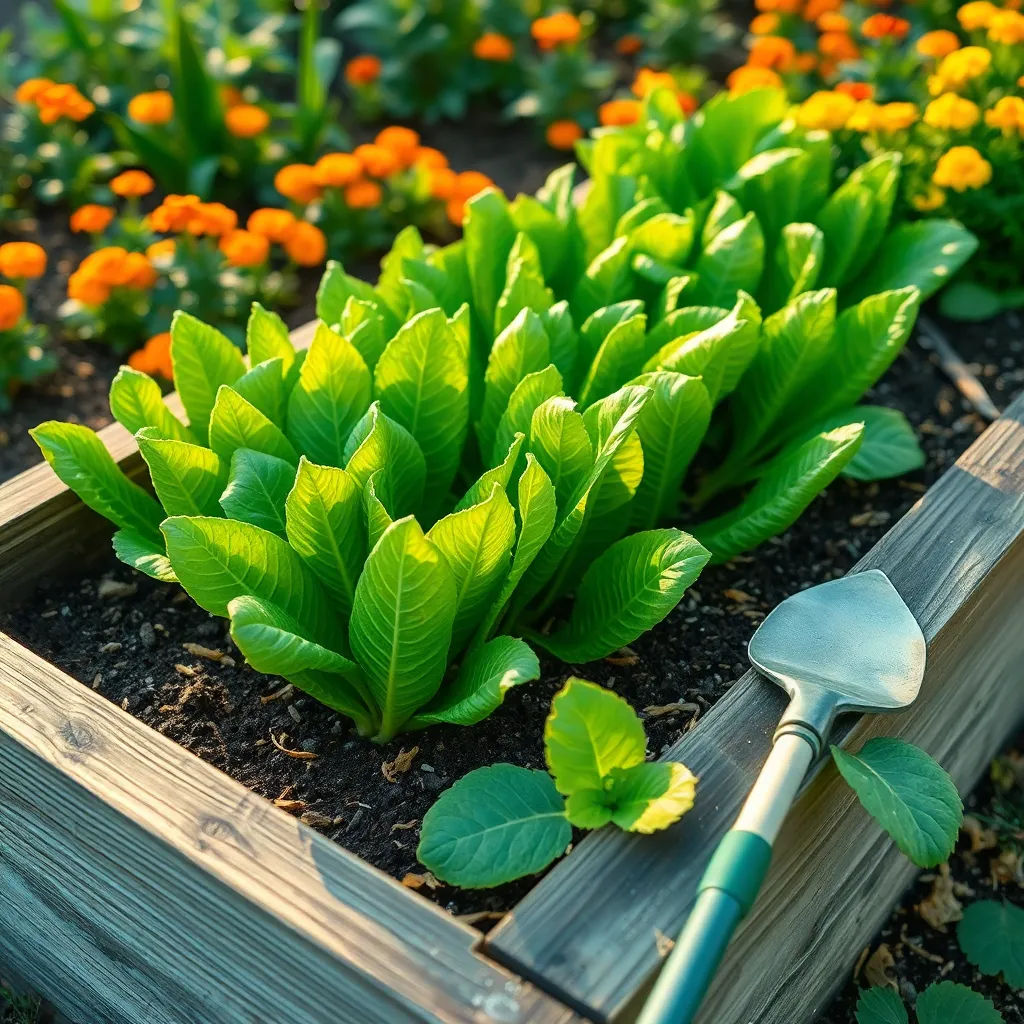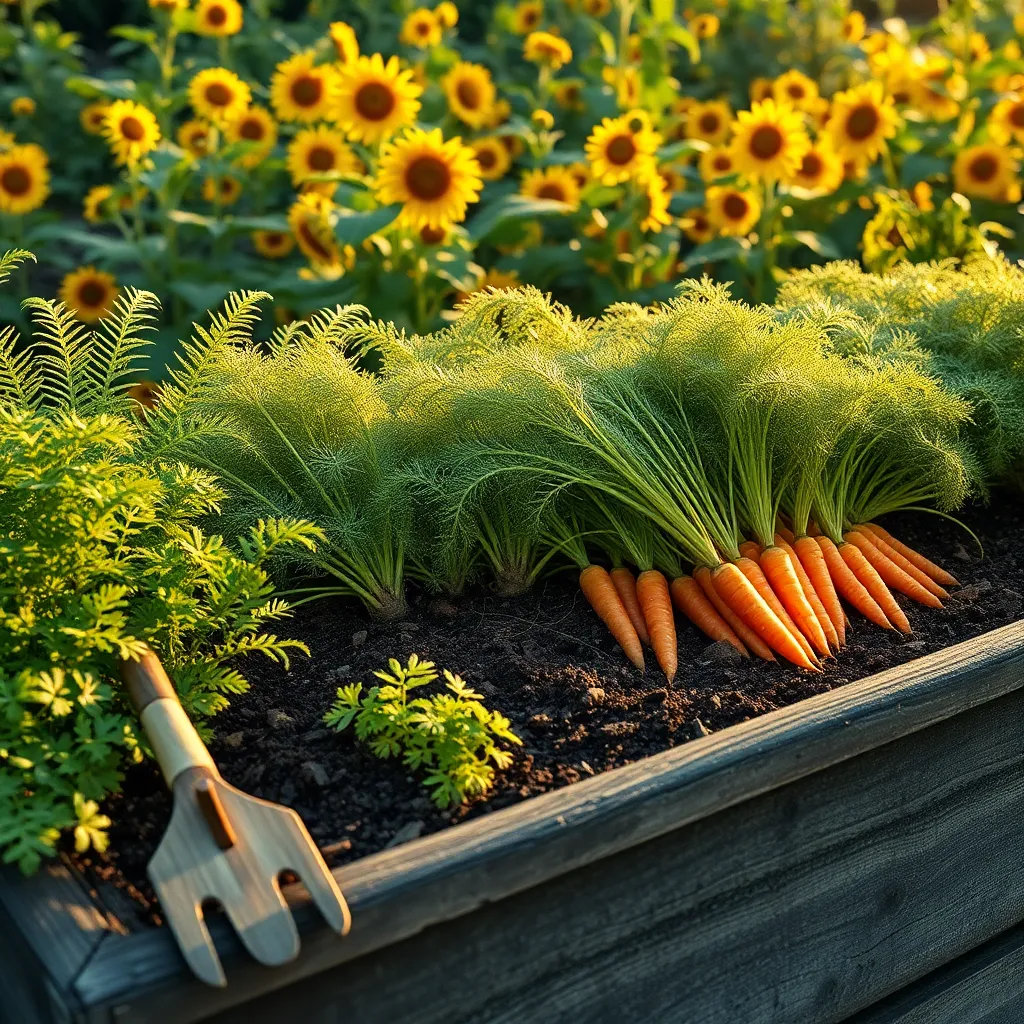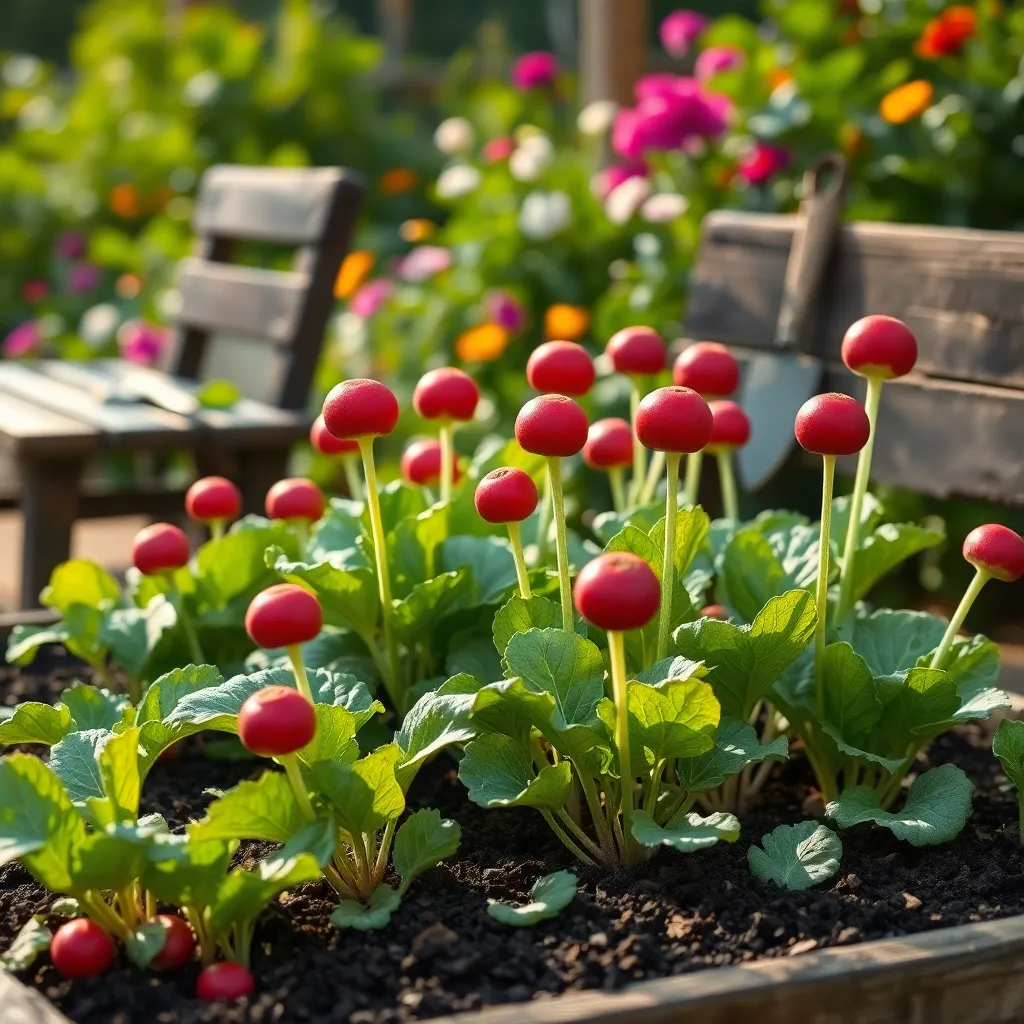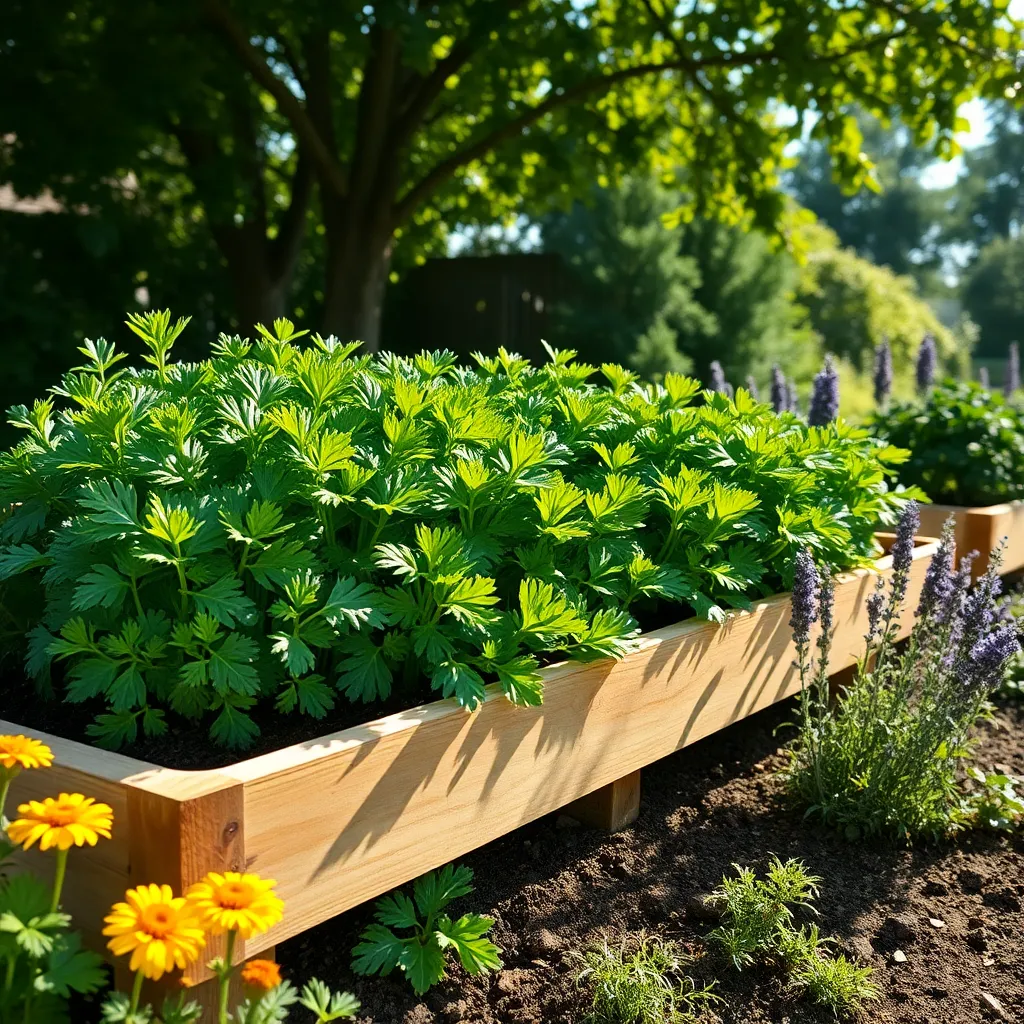Welcome to the world of raised bed gardening, where lush, thriving vegetable patches are within reach for both novice and seasoned green thumbs alike! Whether you’re stepping into the garden for the first time or you’ve been nurturing your little slice of paradise for years, this guide is crafted to elevate your gardening experience by highlighting the best vegetables to grow in raised beds.
Imagine the joy of plucking homegrown produce, ripe and full of flavor, right from your own backyard. With our curated list, you’ll uncover vegetables that not only flourish in the contained, controlled environment of raised beds but also promise a bountiful harvest.
By diving into this guide, you’ll gain practical insights into selecting the right plants, understanding their needs, and maximizing your gardening efforts. We’re excited to empower you with the confidence to succeed, ensuring that your raised beds become a vibrant testament to the wonders of home gardening.
Romaine Lettuce (Parris Island Cos)

Romaine Lettuce, specifically the Parris Island Cos variety, is an excellent choice for raised bed gardening due to its upright growth habit. This variety thrives in well-draining, nutrient-rich soil, making it ideal for a controlled environment like a raised bed.
To get started, plant seeds directly in the soil about 1/4 inch deep and space them 12 inches apart. Consistent moisture is key for romaine lettuce, so aim to water regularly, keeping the soil evenly moist but not waterlogged.
Avoid letting the soil dry out completely, as this can lead to bolting or poor leaf development. For the best results, consider using a mulch layer to retain soil moisture and suppress weeds.
For gardeners looking to maximize their harvest, succession planting is a great technique. Plant a new batch every two weeks to ensure a continuous supply of fresh lettuce throughout the growing season.
Carrots (Nantes)

Nantes carrots are a fantastic choice for raised beds due to their uniform shape and sweet flavor. They thrive in loose, well-drained soil, making it essential to use a high-quality, sandy loam mix in your raised bed.
Begin by sowing seeds directly into the soil, spacing them about half an inch apart. Maintaining a consistent watering schedule is crucial; aim to keep the soil moist but not waterlogged to encourage healthy root development.
As the carrots grow, thin them to approximately two inches apart to give each root enough space to mature properly. Regular thinning prevents overcrowding, which can lead to stunted growth.
For more experienced gardeners, consider succession planting to extend your harvest throughout the growing season. By planting new seeds every few weeks, you can enjoy a continuous supply of fresh carrots.
Radishes (Cherry Belle)

Radishes, especially the Cherry Belle variety, are an excellent choice for raised bed gardens. Their fast-growing nature allows you to harvest in as little as 22 days, providing a quick and rewarding crop.
For optimal growth, ensure your raised bed has loose, well-draining soil enriched with organic matter. A pH level between 6.0 and 7.0 is ideal, so consider performing a soil test to adjust the acidity if necessary.
When planting Cherry Belle radishes, space the seeds about one inch apart in rows that are at least six inches apart. This spacing allows each plant to develop a healthy root system without competition for nutrients.
Watering is crucial for radish development; keep the soil consistently moist but not waterlogged. Frequent, shallow watering is best, especially during dry spells, to prevent the radishes from becoming woody.
For those looking to extend their harvest, consider succession planting. By sowing new seeds every two weeks, you can enjoy a continuous supply of radishes throughout the growing season.
Zucchini (Black Beauty)

Growing ‘Black Beauty’ zucchini in raised beds is an excellent choice for gardeners looking to maximize their harvest. These plants thrive with at least six hours of direct sunlight, making them perfect for sunny spots in your garden.
When preparing your raised bed, use a rich, well-drained soil mix amended with compost to provide essential nutrients. Ensure your zucchini plants are spaced about two feet apart to allow for their sprawling growth and prevent overcrowding.
Water consistently, keeping the soil evenly moist but not soggy, as zucchini plants prefer moderate watering to encourage healthy fruit development. Mulching around the base can help retain moisture and suppress weeds, making maintenance easier.
For beginners, checking for pests like squash bugs and using organic solutions such as neem oil can be beneficial. Experienced gardeners might consider succession planting to extend the harvest season, ensuring a continuous supply of fresh zucchinis.
Parsley (Italian Flat Leaf)

Italian flat-leaf parsley is an excellent choice for raised bed gardens due to its versatility and ease of growth. Rich in flavor and nutrients, this herb thrives in well-draining soil and full sun to partial shade, making it adaptable to various garden setups.
When starting parsley, sow seeds directly into the raised bed after the last frost for optimal results. Keep the soil consistently moist to encourage germination, which can take up to three weeks.
As the plants mature, ensure they receive at least an inch of water per week, adjusting for rainfall and temperature. Mulching around the base helps retain moisture and suppress weeds, promoting healthy growth.
For the best flavor, harvest parsley regularly by snipping the outer stems at the base. This practice not only provides a continuous supply of fresh herbs but also encourages new growth throughout the growing season.
Conclusion: Growing Success with These Plants
As we conclude our journey through the garden of relationships, let’s revisit the five key concepts that can nurture your bond just like the best vegetables thrive in raised beds. First, recognize the importance of a deep-rooted foundation, similar to preparing enriched soil for growth. Next, understand that consistent attention and care, much like regular watering, foster a flourishing connection. Third, embrace the value of space and boundaries, ensuring each partner has room to grow. Fourth, acknowledge the need for sunlight—open, honest communication that brightens every interaction. Lastly, appreciate the benefits of diversity, just as various vegetables contribute to a healthy garden, diverse experiences and perspectives enrich a relationship.
For an actionable step, start by discussing one new way you can enrich your relationship’s “soil” this week, whether through a shared activity or a heartfelt conversation. Bookmark this article to return to these insights whenever you need a reminder of how to cultivate your relationship. Remember, by sowing these seeds of understanding and effort, you set the stage for a thriving partnership that grows stronger with time. Keep nurturing your bond, and watch as it blossoms into a success story worth sharing.

